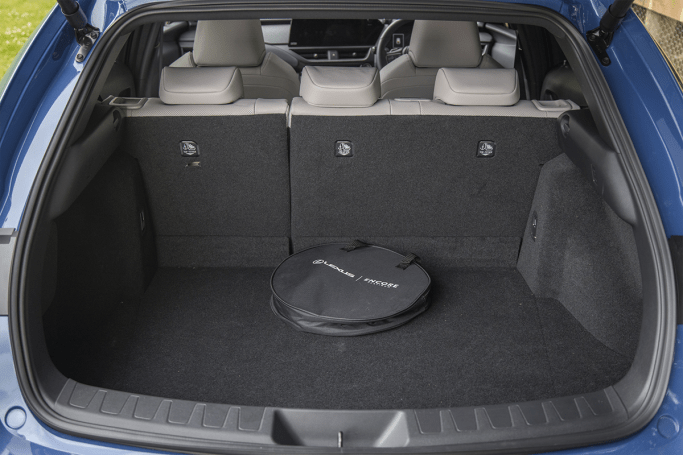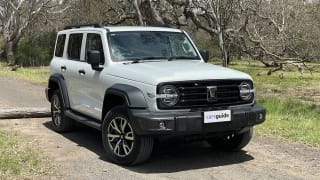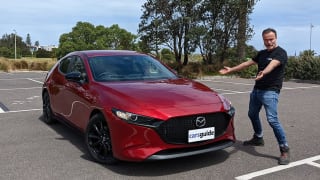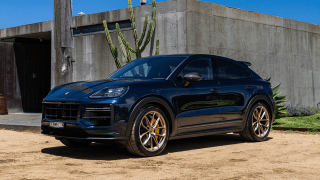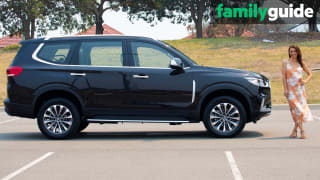There are only two variants for the electric UX and our test model is the top-spec Sports Luxury but the gear isn’t the only thing that’s been upgraded. The before on-road costs price for this model has jumped by almost $7K to a hefty $87,665!
In comparison, the BMW is the nearest rival at $84,900 (MSRP) and the Mercedes-Benz is a bit more affordable again at $82,300 (MSRP) while the Volvo sits pretty at $76,990 (MSRP).
The UX300e is the most expensive but is well-specified by anyone’s standards.

The Sports Luxury grade maintains its premium features, like the sunroof, heated front and rear outboard seats, ventilated front seats, and a heated steering wheel.
But the technology has been retooled and a new 12.3-inch touchscreen multimedia system replaces the previous model's 10.3-inch touchpad arrangement. It’s a welcome addition as it’s much easier to use.
New features, like wireless Apple CarPlay, acoustic front glass and insulation around the bonnet and wheel wells provide additional on-road comfort and practicality.

Lexus also throws in an AC Type 2 charging cable, as well as a GPO (General Power Outlet) cable. The technology is robust but I’ll go into more detail in the Practicality section.
Other standard features are solid with 18-inch alloy wheels, a tyre repair kit, handsfree powered tailgate, full suite of LED exterior lights, 10-way electric driver’s seat and an eight-way electric front passenger seat (but only the driver enjoys adjustable lumbar support).
The leather-accented trims feel luxy and the steering wheel has mounted controls and paddles to customise the regenerative braking while on the go.








